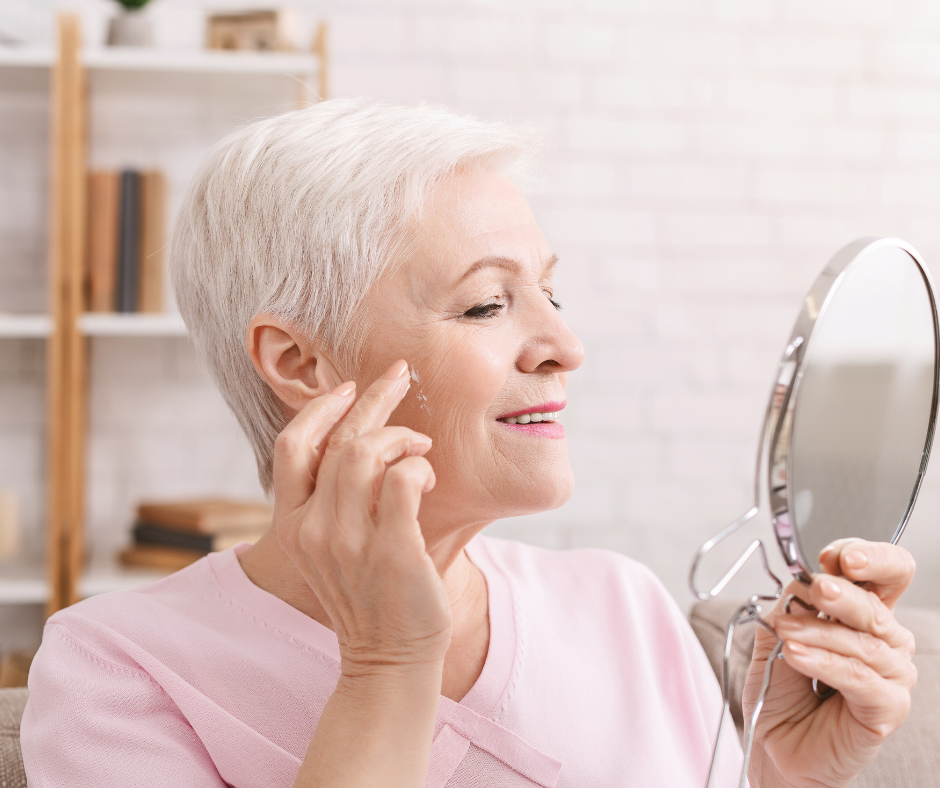Active ingredients are the heart of effective cosmetic products. They are the ingredients that give the product its specific properties and results. In this blog post, we will go over what active ingredients are, how they work, and how to best use them in your formulations.
What are active ingredients?
Active ingredients are the components of a cosmetic product that have a direct effect on the skin or hair. They can be moisturizing, anti-aging, soothing, exfoliating or protective. Unlike base ingredients such as water, oils and emulsifiers, active ingredients have a clear functional role.
Examples of common active ingredients and their functions
-
Hyaluronic Acid – A powerful humectant that helps the skin maintain its firmness and elasticity.
-
Niacinamide (Vitamin B3) – Evens out skin tone, reduces redness and improves the skin barrier.
-
Vitamin C – An antioxidant that brightens the skin and protects against free radicals.
-
Retinol (Vitamin A) – Stimulates cell renewal and reduces fine lines and wrinkles.
-
AHA and BHA acids – Exfoliating acids that remove dead skin cells and promote healthier skin.
-
Caffeine – Helps reduce puffiness and tired skin.
-
Panthenol (Provitamin B5) – Soothing and moisturizing, excellent for irritated skin and damaged hair.
How do you use active ingredients effectively?
-
Dosage is key – Too much of an active ingredient can irritate the skin, while too little can have insufficient effect. Always follow recommended concentrations.
-
pH matters – Some active ingredients, such as vitamin C and acids, require specific pH values to function optimally.
-
Combine with care – Some ingredients work better together, while others can neutralize each other or cause irritation. For example, retinol and AHA/BHA acids should not be used together.
-
Protect active ingredients – Some ingredients, like vitamin C and retinol, are light and air sensitive and should be stored in dark, airtight packaging.
Common mistakes and how to avoid them
-
Too high a concentration – Believing that more is better can lead to irritation and imbalance in the skin.
-
Wrong combination of ingredients – Avoid mixing acids and retinol or vitamin C with niacinamide unless you know exactly how they interact.
-
Not testing the pH – Some active ingredients only work at a certain pH range.
-
Lack of sun protection – Exfoliating acids and retinol make skin more sensitive to the sun, which can lead to damage if you don't use SPF.
By understanding how active ingredients work and how they are best integrated into your formulations, you can create more effective and sustainable products. Stay tuned for our newsletter where we share more tips and recipes!
With kind and efficient regards, NSL Cosmetics






Leave a comment